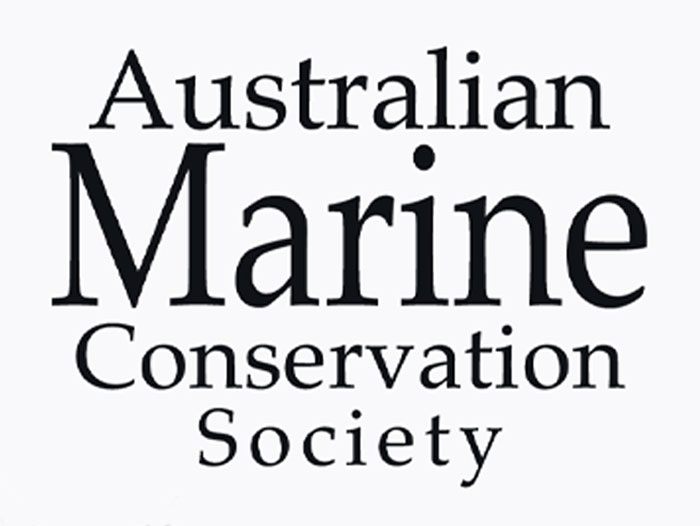Australian Government Joins Fight to Stop Killer Ghost Fishing Nets
October 17, 2024 | 3 min to read
The Australian Government has joined the Global Ghost Gear Initiative and allocated $1.4 million to tackle the alarming issue of ghost fishing nets, which have trapped up to 14,600 turtles in northern Australia over seven years. Groups like the Australian Marine Conservation Society and the Dhimurru Aboriginal Corporation welcomed this commitment, highlighting the urgent need for global action against ghost gear that continues to endanger marine life.

- Federal government joins Global Ghost Gear Initiative and commits to spending $1.4 million to address the massive problem
- Up to 14,600 turtles were caught in 8,690 ghost nets found across northern Australia in just seven years
The Australian Government’s commitment to act on the scourge of lethal ghost fishing nets has been welcomed by the Australian Marine Conservation Society and Dhimurru Aboriginal Corporation.
Ghost gear is any fishing equipment that has been lost or ditched by fishing vessels, and is lethal for marine life as it floats around the ocean for years trapping animals in its path. Fishing equipment can get snagged on rocks or coral, be accidentally cut loose by other boats, or be swept away and lost during storms and extreme weather events. Fishing gear can also be intentionally discarded where no disposal facilities exist, or by fishers hiding evidence of illegal, unregulated and unreported fishing (IUU). Ghost fishing gear is a scourge for northern Australia, with scientists estimating that between 4,866 and 14,600 turtles were captured in 8690 ghost nets found across the north from 2005 to 2012.
AMCS Plastics Campaign Manager Cip Hamilton said: “Ghost fishing nets are one of the most lethal types of marine debris in our oceans, as they continue to catch and kill marine life long after they are lost or discarded by fishing boats.
“Ghost fishing gear is a global problem, and we urgently need a global solution, so we’re pleased Australia has recognised the need for collaborative, international action in joining the Global Ghost Gear Initiative. Now the government must put their words into action and negotiate an ambitious global plastics treaty that ends plastic pollution in our oceans.
“Despite our relative isolation to the rest of the world, ghost fishing gear is a massive problem for Australia, especially in the north. Due to ocean currents, the Gulf of Carpentaria is one of the world’s ghost net hotspots, with more than 90% thought to come from foreign fishing boats. Scientists estimated that up to 14,600 turtles were captured in more than 8,000 ghost nets found across northern Australia in just seven years.
“The Dhimurru Rangers from Arnhem Land have found 39 ghost nets on a 50 kilometre stretch of coast so far this year.”
AMCS Great Barrier Reef fisheries campaign manager Simon Miller said: “Ghost gear including fishing nets and fishing line is one of the biggest threats to turtles and other iconic marine life not just in the Great Barrier Reef, but across all northern Australia. Ghost gear can entangle and be eaten by turtles and other marine life, and can build up on some beaches to such an extent that it buries turtle nests or prevents hatchlings from reaching the water. Ghost nets are a major concern for northern Australia’s stocks of olive ridley and hawksbill turtles, with populations thought to be in decline.”
Dhimurru Aboriginal Corporation (DAC) Senior Ranger Wanga Mununggurritj said: “It’s really hard work and impacting us Yolngu people seeing animals wrapped up in ghost nets. We see all the rubbish on the beaches and along the coast. Really hurting us and is frustrating. We’ve seen turtles wrapped up in nets, but they are also eating plastic. It’s impacting all the marine animals.”
DAC Marine Debris & Ghost Net Coordinator Paul Ellis said: “Investing in our rangers is investing in our environment’s future, Dhimurru needs the continued support of government to continue our vital work caring and protecting Country.”
DAC Ranger Kim Wunungmurra said: “The Australian Government’s commitment to join the Global Ghost Gear Initiative is a great thing for our sea Country and a way to start protecting it.”
